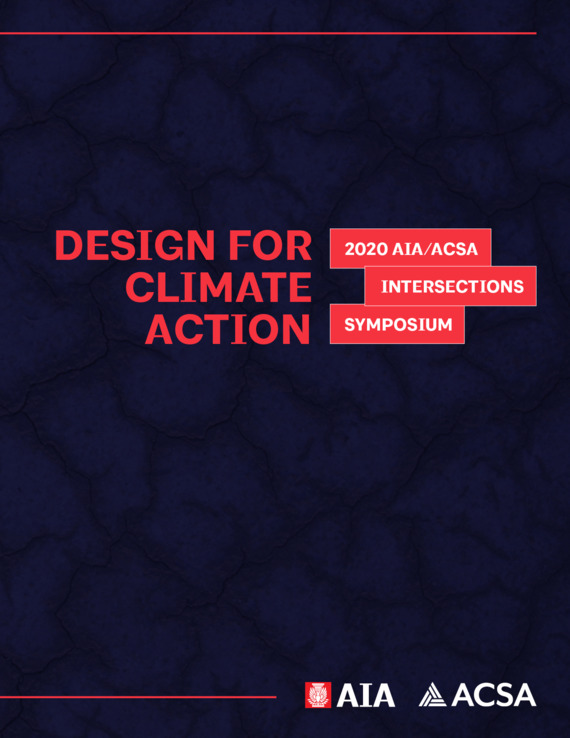Author(s): Richard Mohler
In many fast-growing cities around the country, up to three- quarters of the land zoned for residential use is reserved for detached, single-family dwellings at suburban densities. This is both a climate justice and racial justice issue as it has the doubly negative impact of artificially constraining housing supply and driving up costs, forcing many lower and middle income families farther away from job centers and imposing on them long, costly, and carbon-intensive com- mutes. Single-family zoning was also used as an explicit tool to segregate the U.S. by race starting in the 1920s and, in the process, denied countless people of color access to home- ownership, the most powerful wealth-building tool available to U.S. families. This is a significant factor in the stark racial disparities in household wealth that we see today.This paper outlines the findings of a nationally cited report on single-family zoning released by the Seattle Planning Commission, which advises the City Council and Mayor on land use and housing policy and of which the author is a member. It also reviews a collaboration between the com- mission and a graduate research-based architectural design studio and seminar co-taught by the author. This collabo- ration re-envisions urban, single-family neighborhoods to be more equitable, sustainable and livable while engaging students in a national policy dialogue in the process. The results of the studio will advance the commission’s efforts to advise Seattle’s elected officials in revising public policy to be more aligned with the city’s climate and racial justice goals.
https://doi.org/10.35483/ACSA.AIA.Inter.20.2
Volume Editors
Phoebe Crisman & Kyle Konis
ISBN
978-1-944214-32-6

 Study Architecture
Study Architecture  ProPEL
ProPEL 
